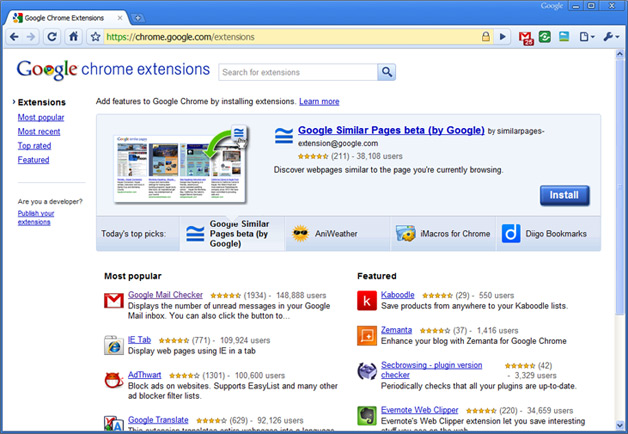Social networking now ranks as the fastest-growing mobile content category, according to a new report from comScore.
"With mobile media consumption on the rise, the discussion of how consumers are accessing content — whether it is via application, browser or both — continues to be an important factor for companies looking to invest further in their mobile brands," said Mark Donovan, comScore senior vice president of mobile.
"Although application access is clearly on the rise, with several categories more than doubling their audience via this method, content consumption via browser continues to be the most popular method for Americans to access mobile media."
More than three-quarters (78%) of smartphone users accessed their browser in April, while 80 percent of smartphone users accessed applications. In comparison, just 19 percent of feature phone users accessed their browser, with 17 percent accessing applications. While smartphone users are driving growth in browser (up 111 percent in the past year) and application (up 112 percent) access, feature phone users still make up nearly half of all users accessing mobile browsers and apps.
"Although growth in application usage on smartphones continues to grab the spotlight in the mobile market, the audience using their mobile browser remains larger and is growing just as quickly," added Donovan.
"Brands need to remember to take into consideration the user experience across both channels when building their mobile strategies."
In April, 69.6 million mobile users accessed an application on their phone, an increase of 28 percent from the previous year. Social networking had the strongest growth in app access, increasing 240 percent to 14.5 million users. Accessing news apps followed, growing 124 percent to 9.3 million users, while sports apps jumped 113 percent to nearly 7.7 million users. Bank account apps also more than doubled their audience, growing to nearly 5 million users.
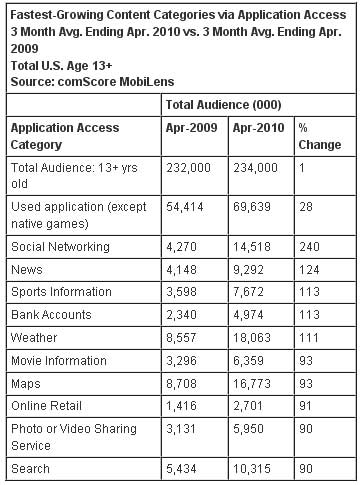
Nearly 73 million mobile users accessed their browser in April, an increase of 31 percent from the previous year. Social networking ranked as the fastest-growing category accessed via browser, growing 90 percent from the previous year to reach almost 30 million users, followed by Bank Accounts (69 percent to 13.2 million users). Online Retail sites also experienced a significant increase in audience usage via browser, increasing 47 percent to 7.3 million users.
"Social networking is by far the fastest-growing mobile activity right now. With 20 percent of mobile users now accessing social networking sites via their phone, we expect to see both application and browser usage continuing to drive future consumption of social media,’ said Donovan.
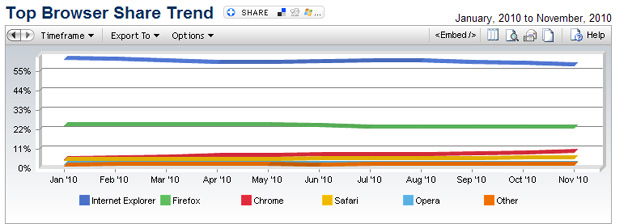
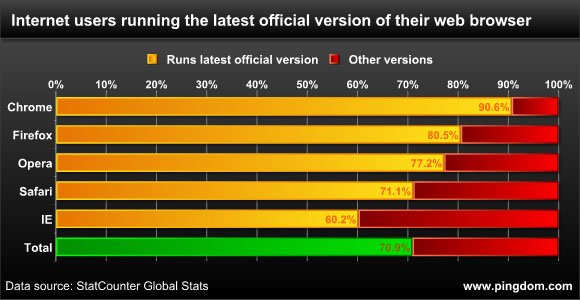
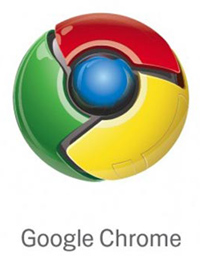 Firefox is four percentage points behind with a share of 30 percent. Also, Safari has a market share of 21 percent, while Internet Explorer has a market share of 12 percent, if you’re curious.
Firefox is four percentage points behind with a share of 30 percent. Also, Safari has a market share of 21 percent, while Internet Explorer has a market share of 12 percent, if you’re curious.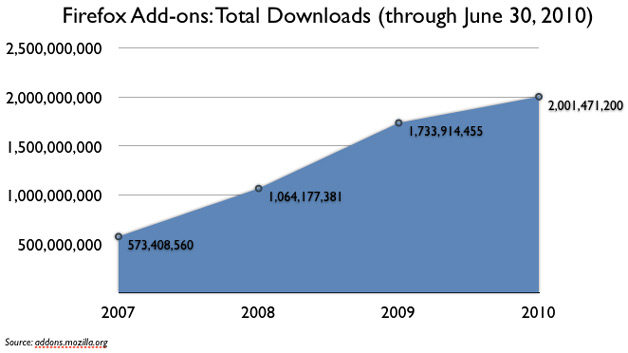
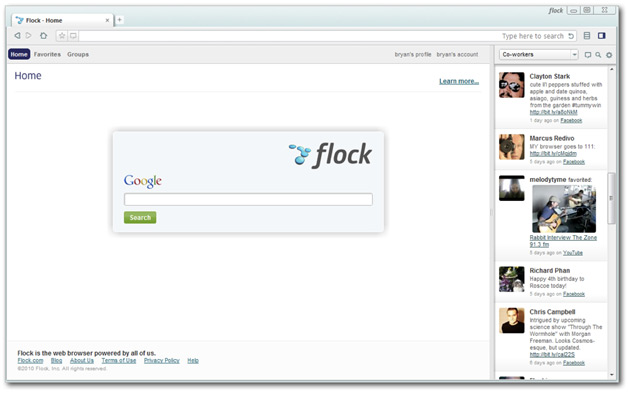
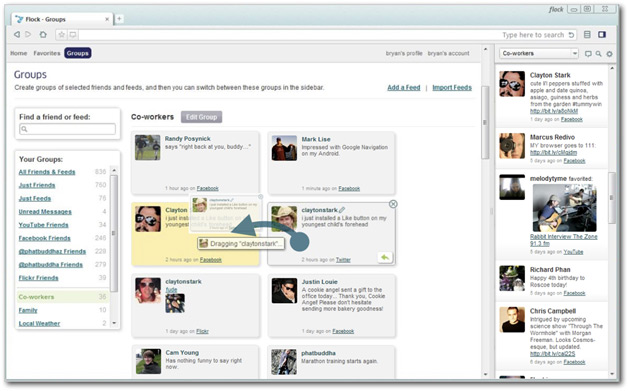




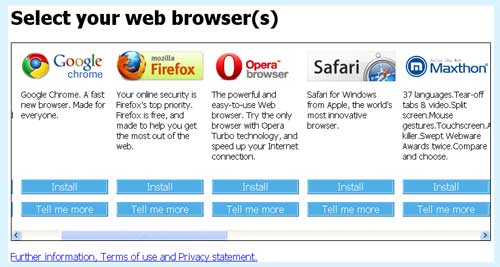


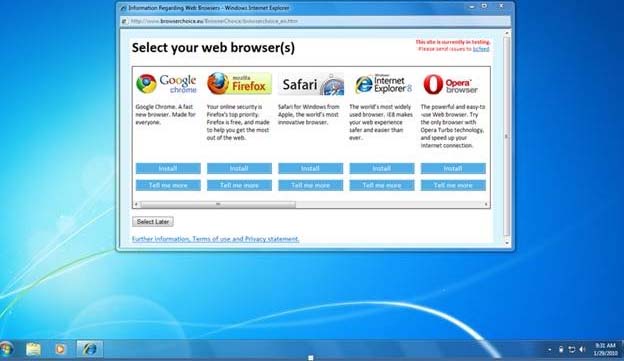
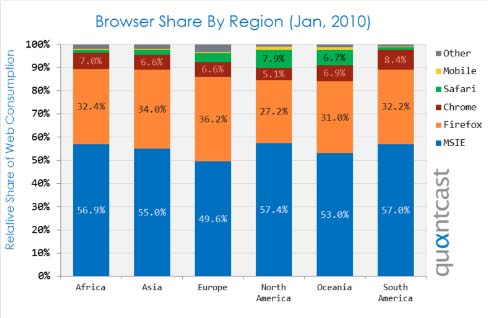
 When asked what Opera Mini will be able to offer iPhone users that they haven’t been able to get elsewhere, Opera’s Katrin Jackson tells WebProNews that Opera Mini will provide speed, cost-savings, and usability features like tabs, speed dial, and password manager.
When asked what Opera Mini will be able to offer iPhone users that they haven’t been able to get elsewhere, Opera’s Katrin Jackson tells WebProNews that Opera Mini will provide speed, cost-savings, and usability features like tabs, speed dial, and password manager.

